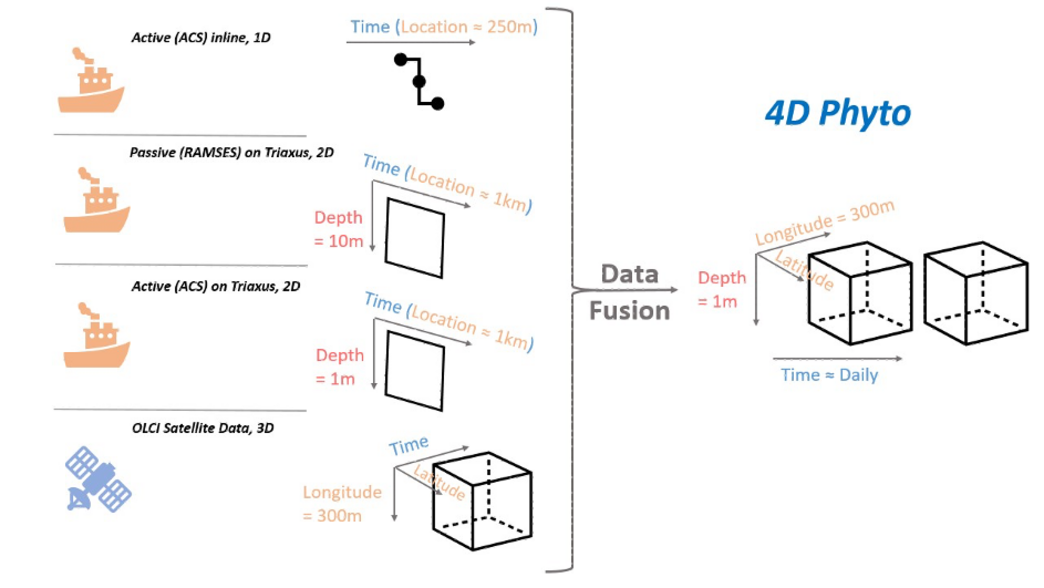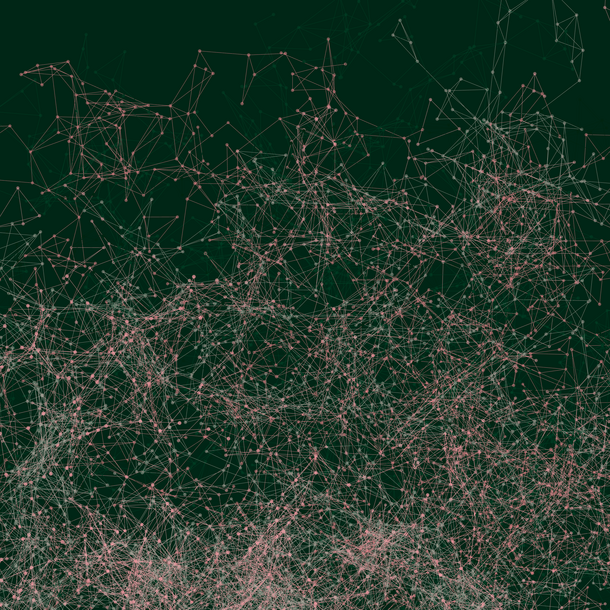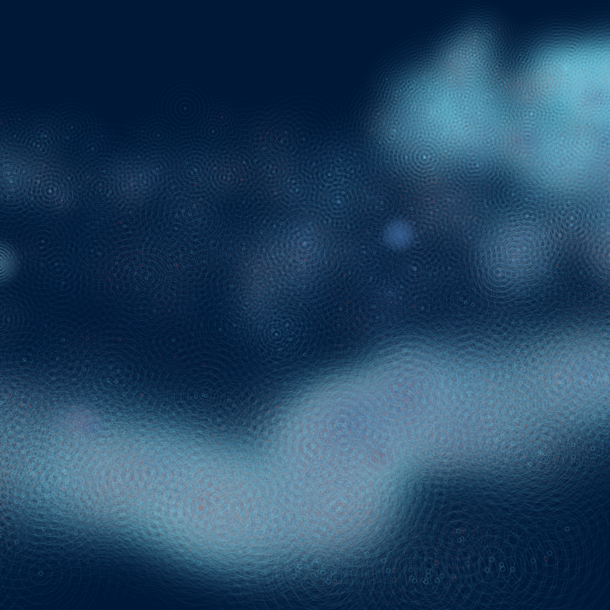4-D Phytoplankton composition from small to large scale by data fusion using AI
Doctoral Researcher:
Ehsan Mehdipour, AWI and Jacobs University Bremen, ehsan.mehdipour@awi.de
Supervisors:
- Prof. Dr. Astrid Bracher, Phytooptics Group, Alfred Wegener Institute - Helmholtz Centre for Polar and Marine Research, Bremenhaven, Astrid.Bracher@awi.de
- Prof. Dr. Adalbert F.X. Wilhelm, Jacobs University Bremen, Faculty of Psychology & Methods, a.wilhelm@jacobs-university.de
Location: Bremen/Bremerhaven
Disciplines: Physical Oceanography, Computer Science, Data science
Keywords: Machine Learning, Data Fusion, Phytoplankton Biomass and Composition, Optical Sensors, Remote Sensing
Motivation:
The assessment of phytoplankton spatio-temporal distribution across the world’s ocean is very important for evaluating the effect of climate change on ocean biogeochemistry, the marine food web and feedbacks to ocean physics and atmospheric processes3. Phytoplankton abundance and its composition (given as chlorophyll-a concentration, chl-a), which are key for estimating primary production, can be detected and quantified by optical sensors1. These can be operated on autonomous platforms (satellites, moorings, …), ship-towed undulators or ship-based inline systems. Combination of these different data types remains a big challenge due to their different temporal and spatial resolution and insufficient description of their uncertainty which can be large. A data set combining the different scales is still missing to understand clearly how primary production and export of organic matter is controlled by the composition and structure of phytoplankton. Data fusion, feature extraction and other machine learning pre-processing techniques have been applied successfully in other application areas such as urban area mapping and change detection7,8. Integrating these machine learning/artificial intelligence (AI) concepts into an established data assimilation framework offers a comprehensive data processing chain for multi-sensor data fusion that has the potential for an accurate, robust, and fast estimation of phytoplankton group chl-a.

Aim:
The aim of this thesis is to create a comprehensive data processing chain for the combination of various data sets on the same parameter covering different vertical, horizontal and temporal scales. Generic methods from statistical computing and machine learning, including feature extraction techniques7,8, principal component analysis2,, Monte Carlo simulations12and triple collocation analysis5 and data assimilation6,9,10 shall be set-up to develop a frame work for the operational processing and data fusion13 of optical measurements to finally derive 4-dimensional (dim) phytoplankton products at daily, 300m horizontal and 1m vertical resolution (Figure 1)(contribution to POFIV D6.7- M6.7-2 & D2.22). The data products of chl-a for all and five major groups of phytoplankton with described uncertainties shall upscale the detailed station based observations from a high latitude expeditions (MSM93) elucidating processes on filaments and island impact, respectively, on primary productivity and biogeochemical cycling. Further, the products shall improve parametrizations in high resolution coupled ocean-biogeochemical modelling11. These applications will contribute to decipher how physical, chemical and biological drivers affect net primary production which is core for predicting ocean productivity, related organic carbon fluxes and fishery yields over a range of IPCC scenarios (objectives 1 and 3 of POFIV-T6.3).
Objectives:
- Extraction of total and phytoplankton group chl-a using existing algorithms (from AWI2,4) from optical data continuously sampled on various platforms during expeditions PS113 in the Transatlantic, MSM93 in Fram Strait and PS133-1, Island Impact.
- Extraction of satellite products (OLCI on Sentinel-3A and 3B following Xi et al. 202012) collocated in time and space to the three expeditions.
- Detailed error analysis for each data type encompassing a) validation with HPLC based total and phytoplankton group chl-a, b) retrieval error characterization, c) triple collocation analysis. Determination of uncertainty and flagging for each data type and point.
- Data fusion of phytoplankton data for each expedition following optimal interpolation and data assimilation techniques5-10,13 for synergistic combination to derive 300m horizontally, 10m vertically and daily (4-dim) resolved products for total and phytoplankton group chl-a.
References
- Bracher A., et al. (2017) Obtaining Phytoplankton Diversity from Ocean Color: A Scientific Roadmap for Future Development. Front. Mar. Sci 4: 55, doi: 10.3389/fmars.2017.00055
- Bracher A., Xi H., Dinter T., Mangin A., Strass V. H., von Appen W.-J., Wiegmann S. (2020) High resolution water column phytoplankton composition across the Atlantic Ocean from ship-towed vertical undulating radiometry. Front. Mar. Sci. 7: 235, doi: 10.3389/fmars.2020.00235
- Fennel K., Gehlen M., Brasseur P., et al. (2019) Advancing marine biogeochemical and ecosystem reanalyses and forecasts as tools for monitoring and managing ecosystem health. Front. Mar. Sci. 6: 89, doi:10.3389/fmars.2019.00089
- Liu Y., Boss E., Chase A. P., Xi H., Zhang X., Röttgers R., Pan Y., Bracher A. (2019) Retrieval of phytoplankton pigments from underway spectrophotometry in the Fram Strait. Remote Sensing 11: 318, doi:10.3390/rs11030318
- Losa S., Soppa M. A., Dinter T., Wolanin A., Brewin R. J. W., Bricaud A., Oelker J., Peeken I., Gentili B., Rozanov. V. V., Bracher A., Synergistic exploitation of hyper- and multispectral precursor Sentinel measurements to determine Phytoplankton Functional Types at best spatial and temporal resolution (SynSenPFT). Front. Mar. Sci. 4: 203, doi: 10.3389/fmars.2017.00203
- Nerger, L., Hiller, W. (2013). Software for Ensemble-based Data Assimilation Systems – Imple- mentation Strategies and Scalability. Comp. Geosc. 55: 110-118, doi10.1016/j.cageo.2012.03.026
- Palubinskas G. (2012) How to fuse optical and radar imagery? IGARRS July 2012, doi: 10.1109/IGARSS.2012.6351072
- Palubinskas G., Reinartz P. (2011) Multi-resolution, multi-sensor image fusion: general fusion framework. In: Proc. of Joint Urban Remote Sensing Event, April 2011, Munich, Germany, p.1-4.
- Pradhan H. K., Völker C., Losa S. N., Bracher A., Nerger L. (2019) Assimilation of global total chlorophyll OC-CCI data and its impact on individual phytoplankton fields. JGR Oceans 124: 470-490, doi: 10.1029/2018JC014329
- Pradhan H. K., Völker C., Losa S. N., Bracher A., Nerger L. (2020) Global assimilation of ocean-color data of phytoplankton functional types: Impact of different datasets. JGR Oceans 125: e2019JC015586, doi: 10.1029/2019JC015586
- Schourup-Kristensen, V., Wekerle, C., Wolf-Gladrow, D. A., Völker, C. (2018). Arctic Ocean biogeochemistry in the high resolution FESOM 1.4-REcoM2 model. Progress in Oceanography. doi.org/10.1016/j.pocean.2018.09.006
- Xi H., Losa S., Mangin A., Soppa M.A., Garnesson P., Demaria J., Liu Y., Fanton d'Andon O., Bracher A. (2020) Global retrieval algorithm of phytoplankton functional types based on empirical orthogonal functions using CMEMS GlobColour merged products and further extension to OLCI data. Remote Sensing of Environment 240: 111704, doi:10.1016/j.rse.2020.111704
- Xia H., Chen, Y., Jinling Quan, Y.L. (2019). Combining kernel-driven and fusion-based methods to generate daily high-spatial-resolution land surface temperatures. Remote Sensing of Environment 224: 259-274, ISSN 0034-4257, doi: 10.1016/j.rse.2019.02.006








